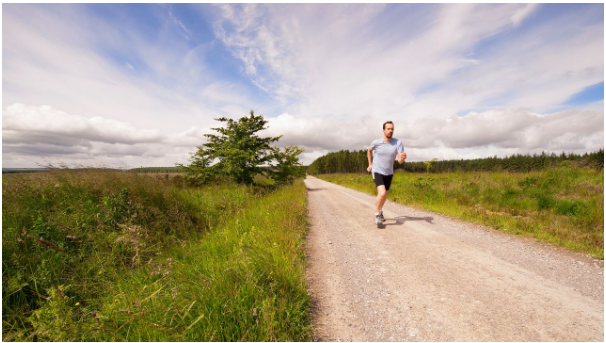
Are you curious about how to optimize your walking routine to burn more fat and calories? Well, walking inherently burns calories as it engages your muscles and requires energy. However, if your goal is to achieve a healthy weight and shed some fat, there are specific strategies you can incorporate into your walking regimen.
Walking, especially in the mornings, is an excellent form of exercise. It’s not only cost-effective but also has numerous benefits. It can elevate your mood, boost your energy levels, aid in reducing abdominal fat, and serve as a fantastic stress reliever.
Interestingly, while you might not immediately associate walking with high-calorie burn rates, it can indeed contribute to this goal. According to Very Well Fit, engaging in moderate to medium-intensity exercise, like brisk walking, is among the most effective ways to burn fat. During such activities, your body taps into its stored fat reserves for energy, unlike high-intensity exercises where carbohydrates take precedence.
Now, the question is, how should you structure your walking routine to maximize calorie and fat burn?
How to walk to burn more fat and calories?
Increase the intensity of your training
When we say “increasing intensity,” we don’t mean that you should always walk at a very fast pace. Instead, we mean that you should play around with distance, time, and speed.
The thing is, exercise should be hard for the body, and there’s nothing wrong with walking slowly or for only a few minutes. However, raising the speed, time, and distance can make a big difference in a short amount of time. to burn calories, and that’s why it’s best to do different kinds of walks, like some that are slow, some that are fast, some that go uphill, and so on.
Intervals: modify your speed
Intervals are an excellent way to burn fat as they help increase your heart rate and enable you to enter the fat burning zone.
This means that while you’re walking, there are times when you walk faster and other times when you slow down a bit to recover before increasing your speed again.
According to Medical News Today, it is recommended to begin your exercise routine with a gentle walk lasting 5 to 10 minutes in order to warm up. After that, you can gradually increase your speed to a level that feels slightly uncomfortable but still manageable for about 10 to 15 seconds. Following this, return to your normal walking pace for a few seconds before repeating the process. Keep going for as long as you can handle the intervals.
go up a hill
The amount of calories you burn when walking on a hill, a set of stairs, or a treadmill with a good slope is also increased because these activities are typically harder and more demanding than walking on level, normal ground.
As long as you don’t slow down in the middle of the walk, you can walk more slowly and you should aim to gradually increase the distance.
Add other exercises during the walk
By incorporating other activities into your walks, you can further increase your calorie expenditure. According to Medical News Today, you may combine exercises like squats, burpees, lunges, or even push-ups into your cardio routine while you’re walking to engage more of your body’s muscles and add elements of resistance. You can increase this to help you gain muscle mass.
Walk long enough
You will burn more calories when you walk more. The good news is that you don’t have to do it all at once; instead, Medical News Today suggests splitting your walking up into 3 smaller sessions spread out throughout the day, aiming to have each walk last at least 15 minutes.


